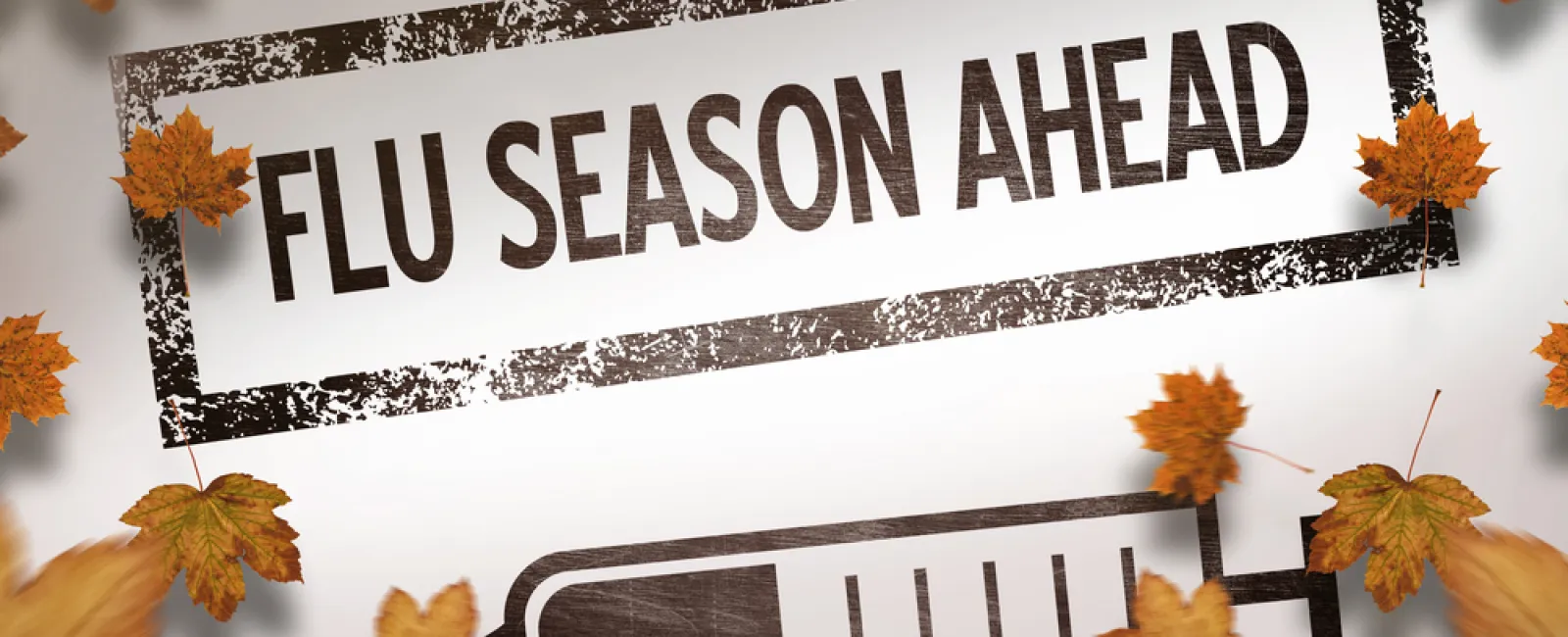The 2018 flu season is here and will increase throughout these upcoming colder months. How do we know what to expect this year? According to the Centers for Disease Control and Prevention (CDC), it is impossible to predict what this year's flu season will be like. The flu will spread differently every year; the timing, severity, and length of the season vary from one season to another. Instead of trying to predict what the flu season will be like, it is more advisable to take action to fight the flu!
A Doctor's Perspective
A few years ago, HCP sat down with Timothy J. Sullivan, MD, a physician with several years of experience in tropical medicine. Dr. Sullivan was a great resource and shared important information about Ebola and CDC guidelines with us. We also discussed the upcoming influenza season; many of the signs and symptoms of influenza and Ebola are similar.
According to Vicki Lyons, MD, and Timothy J. Sullivan, MD, in a publication titled Ignoring the Flu Can Be Deadly, "Flu season is from late November through March. Each year 35 to 50 million people are infected with influenza. Annual deaths from influenza in the United States have ranged from as few as 3,000 to as high as 49,000."
Dr. Lyons and Dr. Sullivan have the following recommendations for preventing the spread of germs that cause respiratory illnesses:
- Cover your nose and mouth with a tissue when you cough or sneeze, and then discard the tissue in the trash.
- Wash your hands often with soap and water. If soap and water are not available, use an alcohol-based hand rub.
- Avoid touching your eyes, nose, or mouth. Germs spread this way.
Take 3! CDC's Guide to Fight the Flu
The CDC recommends the following "Take 3" actions to fight the flu:
- Take time to get the flu vaccine. According to the CDC, a yearly flu vaccine is a first and most important step in protecting against flu viruses. Flu vaccination can reduce flu illnesses, doctors' visits, and missed work and school due to flu and prevent flu-related hospitalizations.
- Take everyday preventative actions to stop the spread of germs. This means trying to avoid close contact with sick people, and if you are sick, limiting contact with others as much as possible to keep from infecting them. Other recommendations are similar to Dr. Sullivan's and Dr. Lyons' recommendations: cover your nose and mouth with a tissue when you cough or sneeze. Throw the tissue in the trash after you use it. Wash your hands with soap and water. If soap and water are not available, use an alcohol-based hand rub.
- Take flu antiviral drugs if your doctor prescribes them. If you get the flu, antiviral drugs can be used to treat your illness. Antiviral drugs are different from antibiotics. They are prescription medicines (pills, liquid, or inhaled powder) and are not available over-the-counter. The CDC says studies show that flu antiviral drugs work best for treatment when they are started within two days of getting sick, but starting them later can still be helpful, especially if the sick person has a high-risk factor or is very sick from the flu. Follow your doctor's instructions for taking this drug.
Flu Vaccinations
A key way of preventing the flu is to stop the spread of it. If a person has not received a flu shot, they should be encouraged to do so. However, those with a severe allergy to chicken eggs, anyone who has had a severe allergic reaction to the influenza vaccine in the past, and children younger than six months should not be immunized.
Vaccinations not only can help prevent the flu, but they also reduce the spread of the virus to vulnerable people near you. Vulnerable, at-risk people include the elderly, those with chronic health conditions, and children.
Flu or Cold, How To Tell The Difference
Flu symptoms can be awful, often including a fever, cough, sore throat, runny or stuffy nose, body aches, headache, chills, and fatigue. Some people also may have vomiting and diarrhea. People who may be infected with the flu could have respiratory symptoms without a fever. With some of these symptoms being easily confused with having a cold, there is a misunderstanding between the signs and symptoms of a cold versus the flu. Because of the similarities between the two, there are special tests that can be done within the first two days of symptoms to determine whether it's the flu or not. To help distinguish the differences, the CDC offers the following information:

Conclusion
When it comes to illnesses, healthcare workers should be very concerned with the flu! To protect patients and healthcare workers, we recommend that practices require patients who are coughing or sneezing to wear masks while visiting your facility. Be sure to supply masks, and be sure to keep supplies readily available to clean hands. Following these steps will ensure you are doing your best to protect yourself and others from the flu virus this season.

